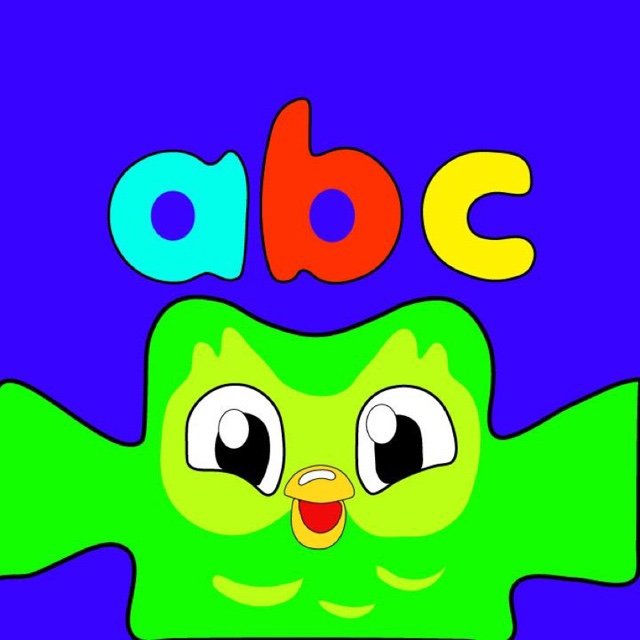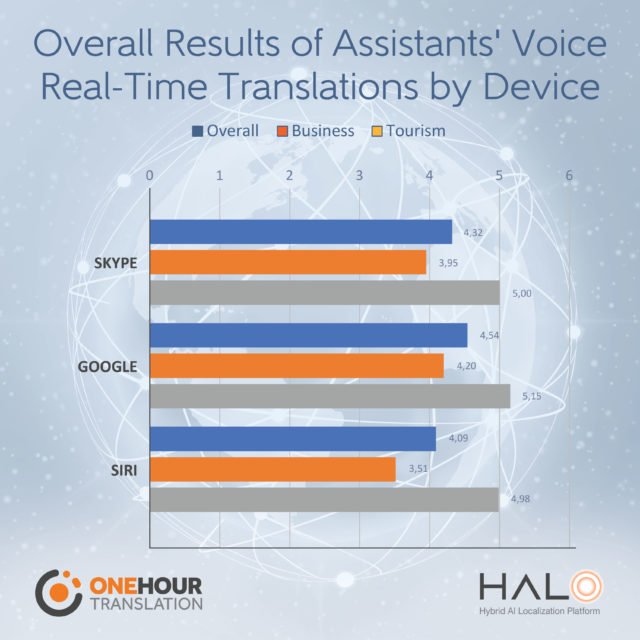Discord, one of the most popular brands among Gen Z, has just released The Emoji Effect


For native English speakers, Korean can be a challenging language to adopt later in life. Unlike the Spanish or French languages, which often feel more intuitive to English speakers, Korean is challenging precisely because it shares neither alphabet nor origin with the Romance languages. Korean is written in Hangul, and requires English speakers to navigate […]

Although excessive screen time is often frowned upon, language experts say that watching shows in a foreign language – if done with near obsession – can help someone learn that language. Since its Netflix release in September, Korean thriller Squid Game has become an international phenomenon. We’ve relied on online platforms like Netflix more than ever these last two […]

By: Kai Yeo “We’re all connected through culture. Basically, we all must learn to adapt. We learn more through traveling and seeing more. When you’re in a different environment, everybody must love and laugh and dance. I don’t need to know your language. But companies need to focus on connecting everyone through love, not war.” […]

Banner Public Affairs is excited to announce the launch of BannerAI – a new artificial intelligence platform that further amplifies Banner’s ability to pair the right reporters with the right story, amongst other expanded capabilities. Custom-built to meet our client’s needs, our tool combines IBM Watson and AI Natural Language Processing to analyze a database […]

It’s crucial for every organization and its leadership to understand that training employees will never have a one-size-fits-all solution. Every employee has a different learning capability.

14 words to take out of your VC pitch deck By: May Habib 170 seconds. Weeks or even months of working on your pitch deck could come down to the 170 seconds (on average) that investors spend looking at your deck. “Investors see a lot of pitches. In a single year, the classic general partner […]

Duolingo’s Spanish and French courses teach the equivalent of four university semesters of language classes in less than half the time, according to a study released today that compares reading and listening proficiency levels of French and Spanish learners. Consumers can sign up for free at Duolingo.com. Among the study’s findings: After completing all beginner-level […]

OHT used expert in-house linguists to compare the performance of Skype Translator, Google Assistant and Apple’s Siri in translating business and tourism expressions from English into Japanese, French, German and Spanish and vice versa On average across languages, Google scored the highest – 4.54 out of 6, Skype second (4.32) and Siri third (4.09). Google was the best […]

Yoga therapy represents a new approach to mental health that seeks to alleviate emotional pain and restore well-being through a series of meditative practices that involve both the body and mind. Over the last decades, researchers and mental health professionals have realized what Hindu monks have been teaching for thousands of years – a holistic […]